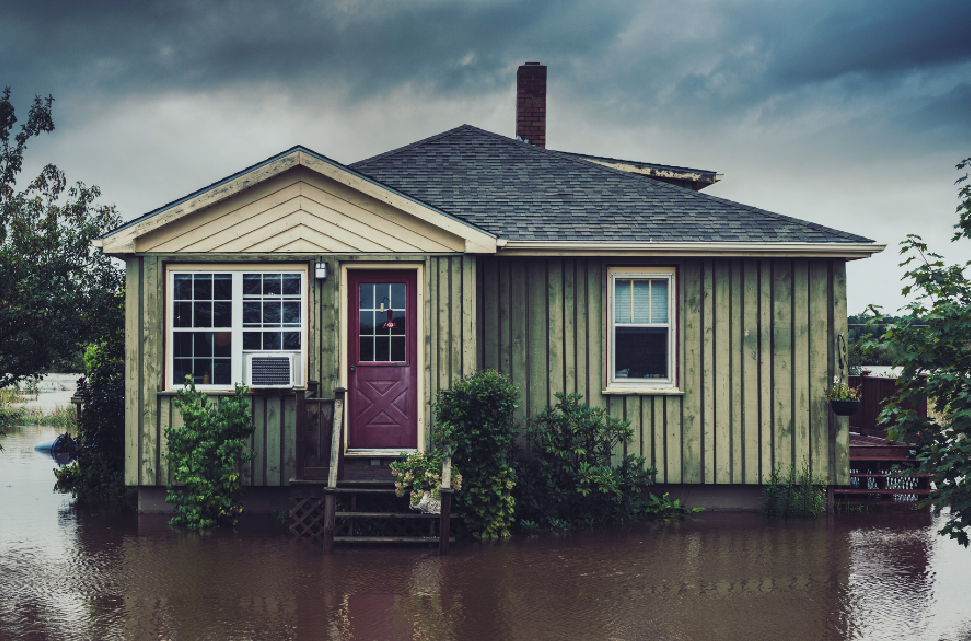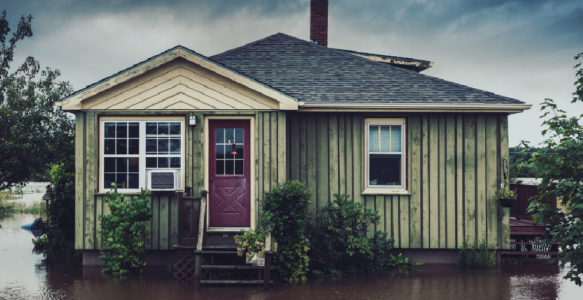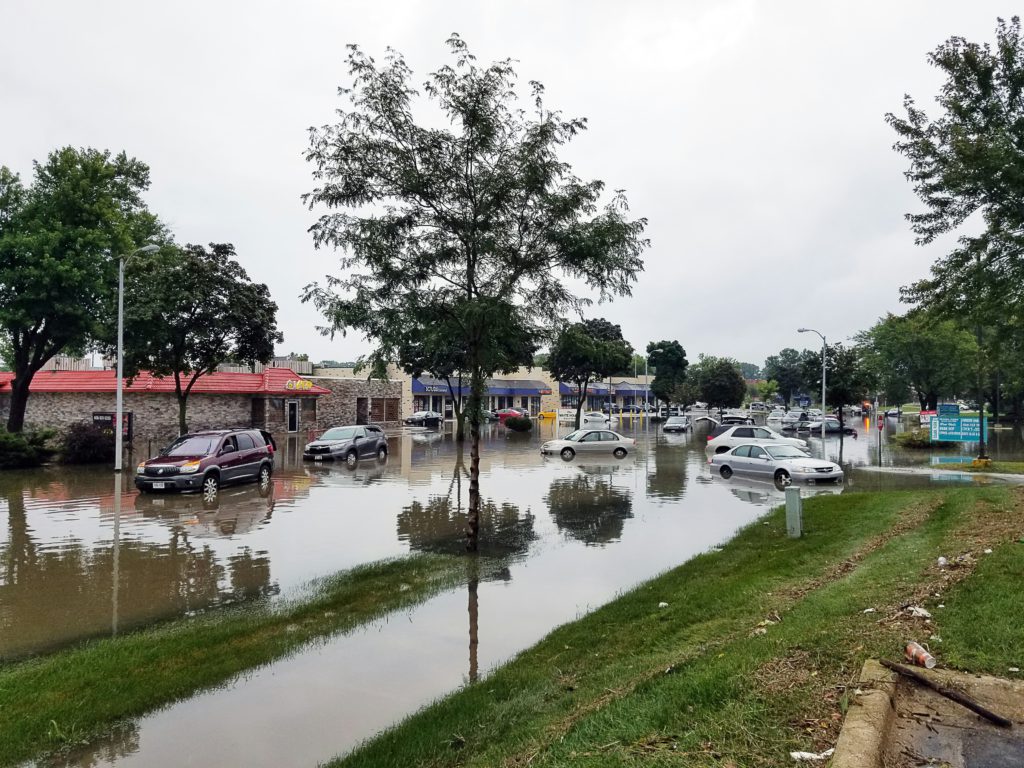Originally released by the Center for Economic and Policy Research.
Executive Summary
The National Flood Insurance Program and FAIR Plans share a common history and were created in response to insurance crises in the 1960s. Their goal is to cover homeowners and businesses in cases of disaster, but the NFIP was placed under the federal government’s control and the regulation of FAIR Plans was placed in the hands of states. Both, however, were not designed with climate change in mind. Now, after 55 years, the US faces more climate-related disasters, and both programs are struggling to handle the increasing claims. But the NFIP and FAIR Plans can learn from each other to adapt.
For the NFIP, the problem is low participation rates outside high-risk coastal areas. Claims from hurricanes and storms are causing the program to accumulate billions in debt to the US Treasury with interest payments that exceed investments in resilience. Forgiving the debt and changing borrowing terms could help the NFIP reduce costs, invest more in disaster mitigation, and expand community participation. FAIR Plans covering wind damage in hurricane or storm-prone areas also can require flood insurance as a requirement for other-peril coverage. This would ensure that homeowners in these areas are covered even if they fall outside the typical NFIP coverage zone.
For FAIR Plans, insurers are leaving the private market, sending more homeowners to the residual markets where the FAIR Plans reside. To avoid unstable situations for insurers and homeowners, states should focus on resilience and mitigation efforts, adjust premiums based on risk reduction, and consider lowering maximum coverage caps using median home prices at a more mezzo level, such as a county.
Climate-related disasters are a national problem, and policymakers at all levels of government need to take action to address insurance issues before they worsen. The proposed solutions in this paper are steps in the right direction.
Read the report here.



